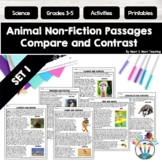10 results
Biology worksheets for SMART Notebook
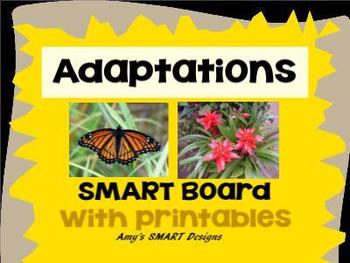
Adaptations: Plant and Animal SMART Board Lessons with printables
This Science SMARTboard unit consists of 33 slides and 10 paper attachments.
The unit is divided into three parts: Animals Adaptations, Plant Adaptations, and Changing Ecosystems.
The SMART lessons are interactive with animation, sound, and links to further your students' knowledge. There are two slides of vocabulary interactive games to conclude the unit.
There are 3 attached worksheets for animals adaptation, 2 for plant adaptation and one for changing ecosystem. (see preview)
Also attac
Subjects:
Grades:
2nd - 4th
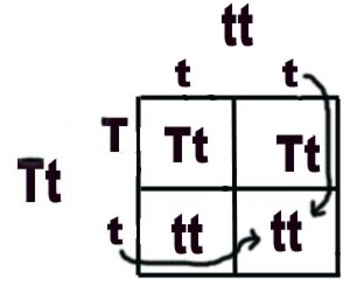
Mendelian Genetics Unit: Lesson 6: Intro to Punnet Squares
Before students can continue their monster project, they need to learn how to organize information about alleles, and predict future offspring using Punnet squares!
This lesson focuses on how to organize information without a Punnet square, and looks at the pros and cons of solving a different way, then shows the more streamlined Punnet squares with side by side comparisons so students can see the exact same information is in both.
There are levels of practice problems ranging from simple (fil
Subjects:
Grades:
6th - 8th
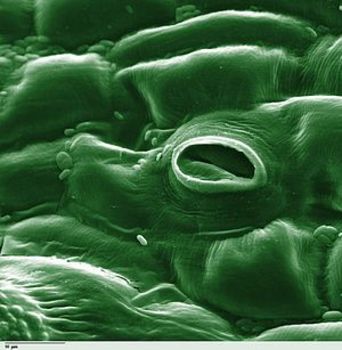
Plants: Lesson 2: Transpiration & the Xylem
In this lesson, students will take the journey through a plant via the perspective of a water droplet (traveling with a mineral). By reading an adventure-like story and illustrating it, the teacher can easily check for understanding, then later, explain the science behind what is happening.
By using a story instead of a boring text, students are more engaged and visualize processes much better. This then, can provide an excellent foundation for building vocab or understanding larger scientific
Subjects:
Grades:
6th - 8th
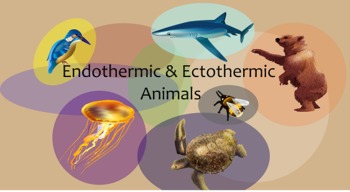
Endothermic and Ectothermic Animals Minilesson w/ SmartBoard
This is a minilesson addressing 6th grade science standards on endothermic (warm-blooded) and ectothermic (cold-blooded) animals. I used this with students as we were studying the characteristics of vertebrates and invertebrates.
Included in this lesson is:
-A 9 page SmartBoard file for students to complete as a class or individually.
-A 4 page worksheet mirroring the SmartBoard lesson for students to work along.
-A 1 page reading passage on the characteristics of endotherms and ectotherms.
Grades:
5th - 8th
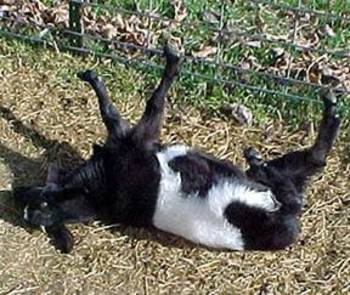
Mendelian Genetics Unit: Lesson 1: Inherited vs. Acquired Traits
This lesson (60-80 minutes) was created to introduce genetics to 6-8th graders by introducing the word "trait"-- students will identify traits (initially physical, but then medical and behavioral) in celebrities and themselves that are both "inherited" or "acquired" and discuss how traits are passed on, and which traits pass on genetically.
Students will work individually and in groups, discuss traits, watch a short web cartoon from Learn.Genetics, make a foldable, read about traits, categoriz
Subjects:
Grades:
6th - 8th
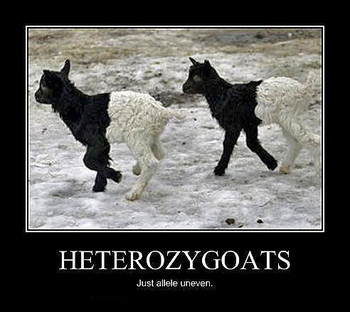
Mendelian Genetics Unit: Lesson 4: Homozygous & Heterozygous
Key terms: gene, allele, phenotype, genotype, dominant, recessive, homozygous, heterozygous, genetics
Building on the previous 3 lessons, students will look for the connection between genotypes and phenotypes, differentiate between homozygous and heterozygous genotypes, complete word studies and graphic organizers, predict possible offspring based on observable traits, use genotypic codes, solve crossword puzzles for vocabulary review and more.
This can be taught in 60-90 minutes. The lesson
Subjects:
Grades:
6th - 8th
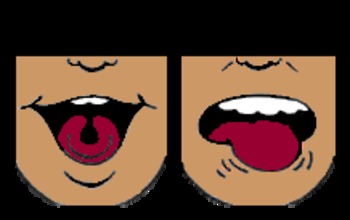
Mendelian Genetics Unit: Lesson 3: Dominant vs. Recessive
Students will review:
1. The difference between inherited and acquired traits
2. The distinction between a gene and alleles
Students will then identify and define dominant and recessive phenotypes, look for word connections for the new vocabulary, create analogies for dominant and recessive alleles, identify their own dominant and recessive traits, create a foldable illustrating a "totally dominant" and "totally recessive" cartoon person, fill out and create their own graphic organizers and mo
Subjects:
Grades:
6th - 8th
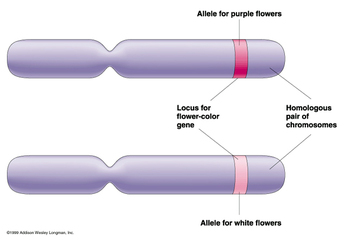
Mendelian Genetics Unit: Lesson 2: Genes vs. Alleles
In this second lesson, students dig deeper into inherited traits to define a gene, the placement of a gene on DNA/a chromosome, and the relationship between a gene and an allele. Teaching time-- 60-90 minutes.
Included: web links, worksheets, graphic organizers, answer keys, guided notes
Key words: gene, allele, genetics, inherited trait, acquired trait, phenotype, chromosome, DNA
There are additional activities for a second day which may also be exchanged with the first, used in centers, use
Subjects:
Grades:
6th - 8th

Genetics Alien Challenge
Aliens have landed in your home town! Students noticed right away that said aliens reproduced by clapping hands, and teams of two wrote down observations about the next generations in their science journals.
Objective: Your challenge is to read the students' science journals, reorganize the information, and determine which traits are dominant and which traits are recessive! Be prepared to talk about specific aliens/examples and justify your reasoning!
Key words: dominant, recessive, trait, ho
Subjects:
Grades:
6th - 8th
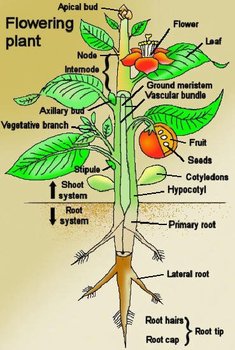
Plants: Lesson 1 Plant Importance, Anatomy & Function
In this introductory lesson, students acquaint themselves with plants by researching (in pairs) online, then checking their knowledge and note-taking by completing crossword puzzles and playing online games for repetition. Also included in the lesson are guided notes, foldables, and pictures to be used to create analogies.
Key words: xylem, phloem, stem, leaf, photosynthesis, stomata, roots, root cap, carbon dioxide, oxygen, seed, flower, chlorophyll, stamen, pistil, pollen, fruit
Subjects:
Grades:
6th - 8th
Showing 1-10 of 10 results




